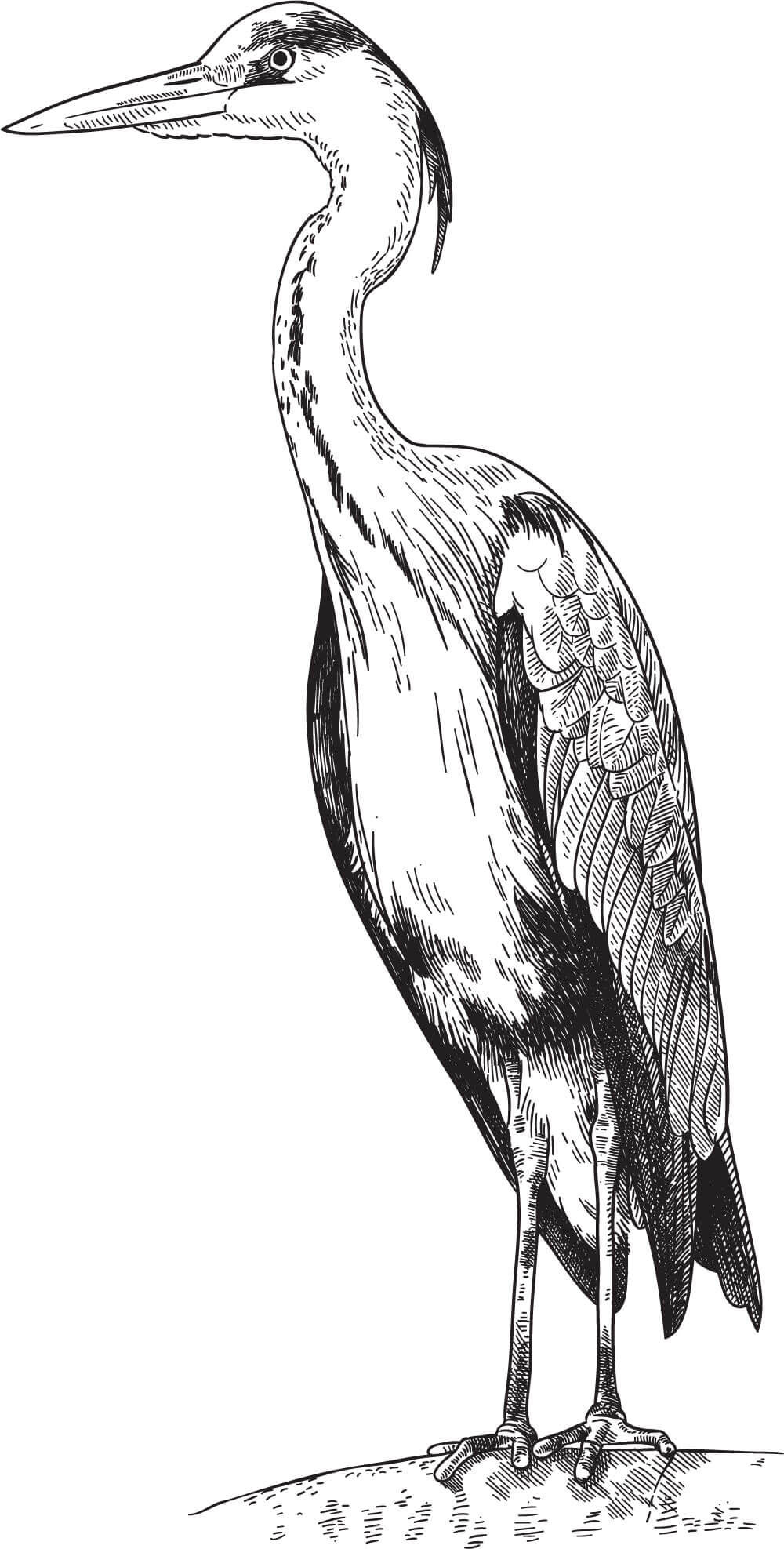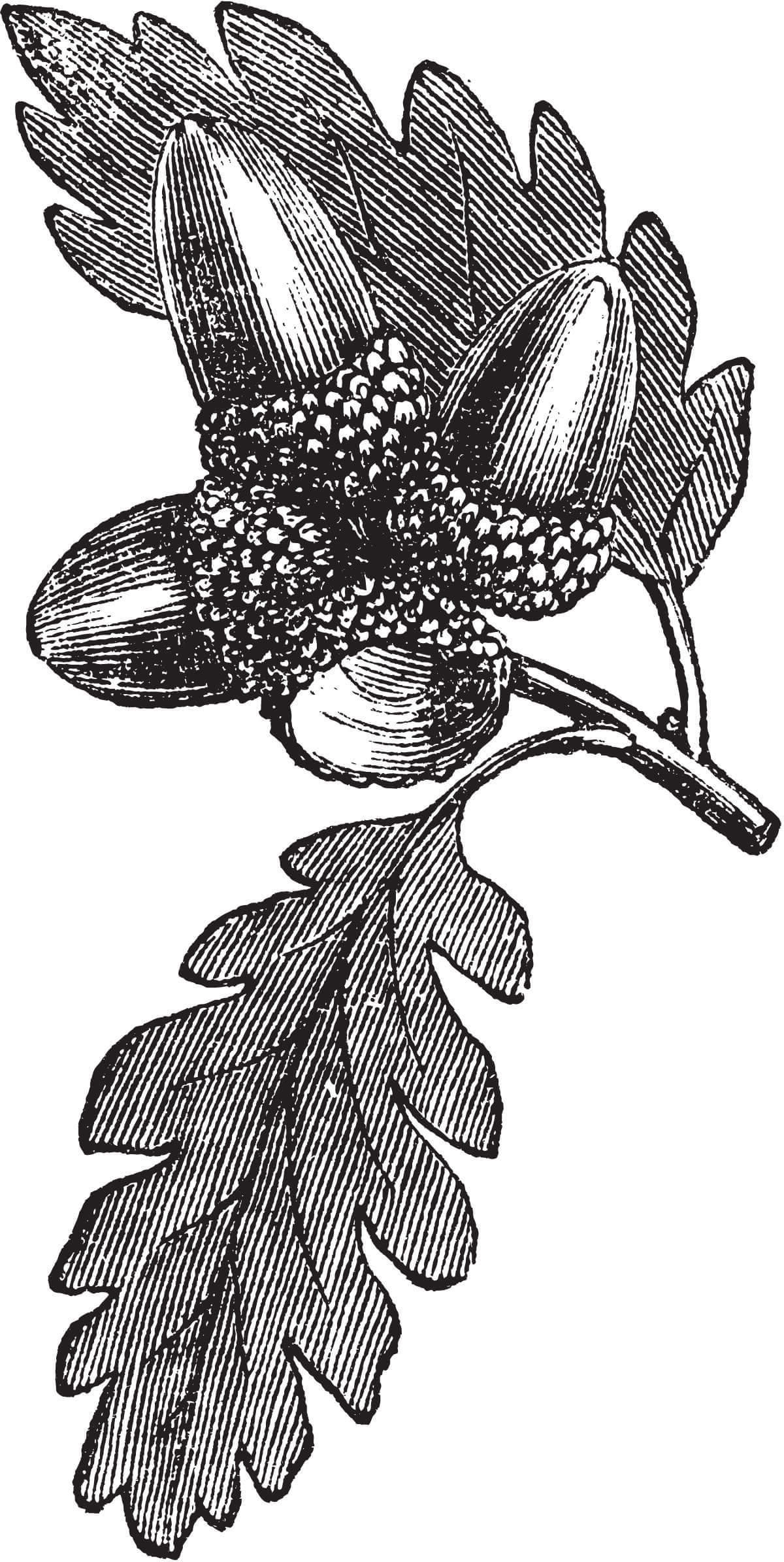Soundscapes to Landscapes: From Birdsong to Biodiversity Conservation
Category: Blog, Bohemia Ecological Preserve, Citizen Science, Grove of Old Trees, Growing Community with Nature, LandPaths Preserves, Ocean Song, Partners, Rancho Mark West, Riddell Preserve
By LandPaths Staff
July 27, 2021
A guest post by Rose Snyder, Science Coordinator at Point Blue Conservation Science
Springtime is one of my favorite times of year – I love seeing meadows full of wildflowers, smelling fresh fruit tree blossoms, and most of all, I love hearing the birds that start singing more and more as breeding season begins. As it turns out, we can learn a lot about biodiversity from these beautiful bird songs!
Soundscapes to Landscapes (S2L) is a NASA-funded citizen science project led by researchers from Sonoma State University and Point Blue Conservation Science, with other partners. S2L’s primary goal is to better understand biodiversity across Sonoma County, in order to inform management practices that both enhance and conserve biodiversity. To achieve this outcome, the S2L project monitors bird diversity using three innovative technologies: audio recorders, artificial intelligence, and satellite sensors.
This year, LandPaths has generously supported our efforts by helping facilitate access to all of the properties managed by LandPaths in Sonoma County. This spring, we collected over 20,000 minutes of sound recordings from 35 unique locations across the five preserves stewarded by LandPaths. Although it’s too soon to have final results to share, we’re excited to learn which bird species have been singing! These data and consequent analyses will help better inform management decisions to enhance, protect, and conserve biodiversity at a regional scale.
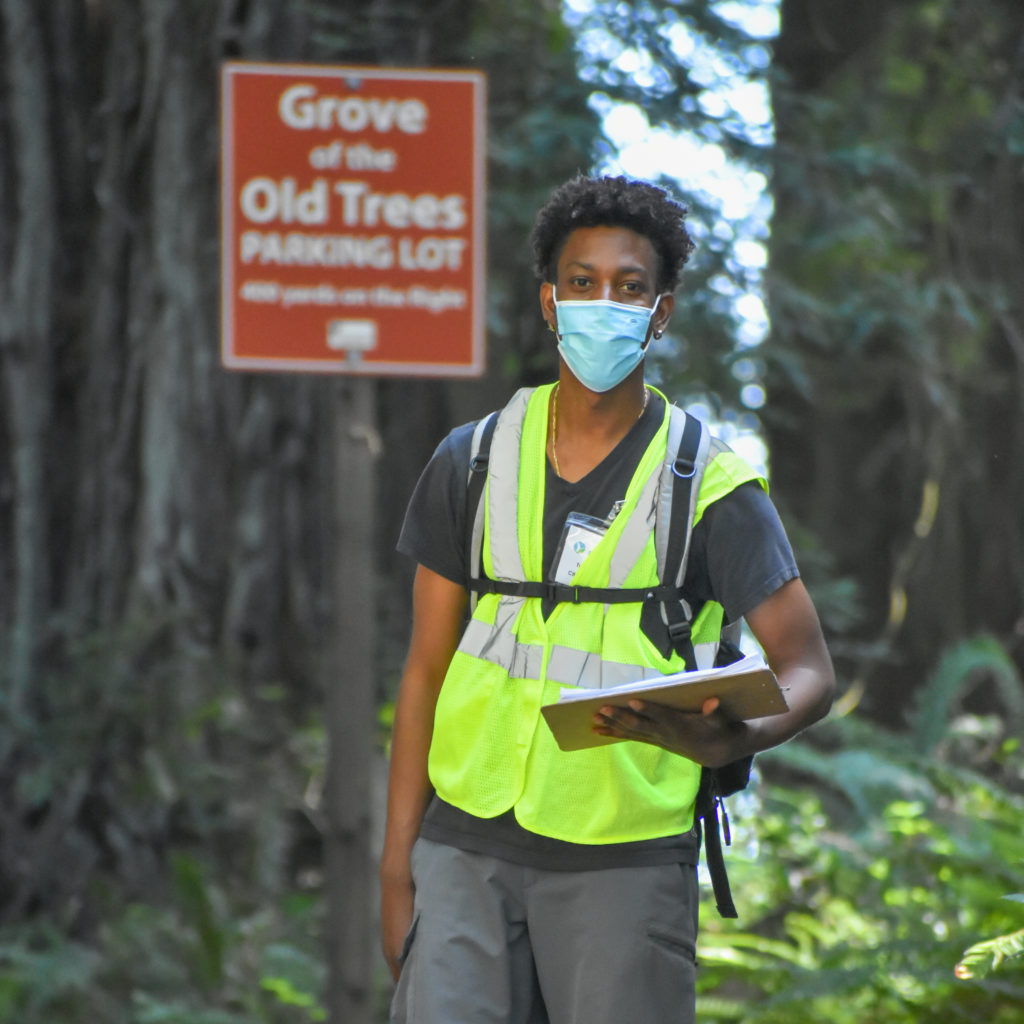
S2L citizen scientist student intern Tyler Bellen at the entrance of LandPaths’ Grove of Old Trees on the way to retrieve AudioMoths. Photo by Kaitlin Magoon.
During the breeding bird season (roughly mid-March through the end of June), we deploy sound recorders called AudioMoths at hundreds of sites across the county. The AudioMoth is programmed to record one minute out of every ten minutes all day long, and stays at each site for 3-4 days, resulting in about 500 recordings per site. Then, with the help of citizen scientists who find sample clips of bird songs and calls, we train artificial intelligence algorithms to detect those specific bird vocalizations in all of our >700,000 minutes of recordings. This produces a list of bird species that are present throughout the day and a measure of overall species diversity at each site.
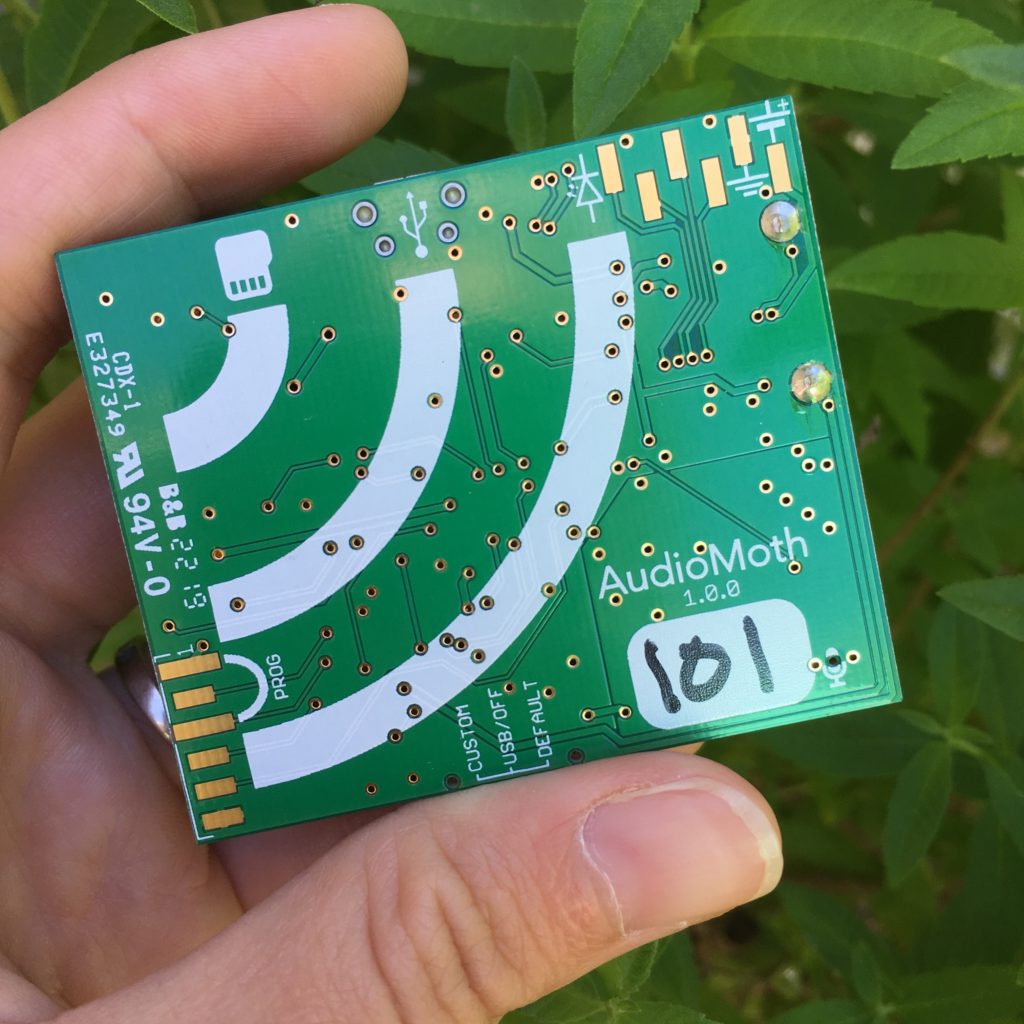
AudioMoth in hand. Photo by S2L.
Finally, we combine the bird diversity data from the audio recordings with remotely sensed satellite data that gives us information about the habitat characteristics at any given site, such as canopy height or vegetation moisture content. By linking the site-specific bird presence information to these habitat characteristics, we can use advanced statistical modeling techniques to map the probability of occurrence of each target bird species across the entire county.
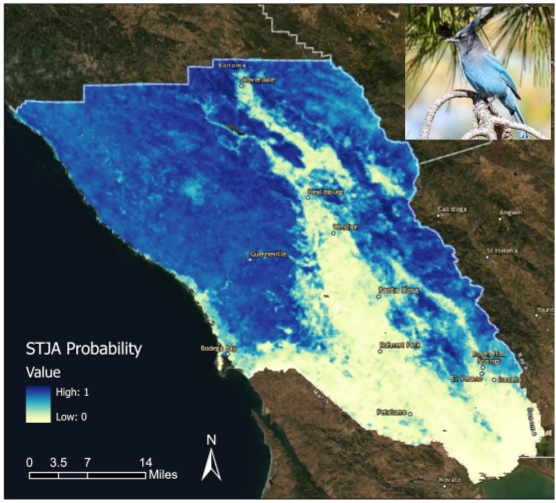
Species distribution map showing probability of Steller’s Jay presence across Sonoma County. Map from Burns et al. 2020. Public domain photo of Steller’s Jay.
All of this work relies heavily on the support of citizen scientists, and we partner with community volunteers and college students to help us find target bird calls in the audio recordings and to conduct field work, which involves deploying and retrieving audio recorders nearly every day during the breeding bird season. With about 90% of Sonoma County being privately owned land, we collaborate closely with local private landowners who assist with the project by providing access to properties that would otherwise be inaccessible.
Sample 1-minute soundscape recording captured by S2L; birds annotated by citizen scientist Taylour Stephens.
To learn more about the Soundscapes to Landscapes project or to get involved, visit Soundscapes2Landscapes or contact Project Coordinator Rose Snyder at [email protected].
